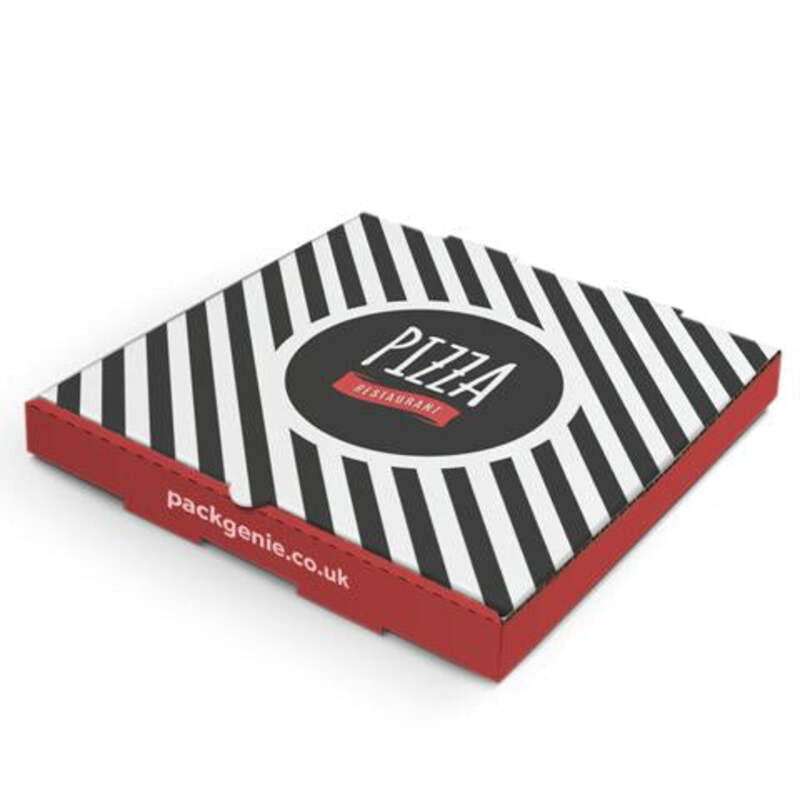Maybe you are a chef looking to bring your recipes to the retail frozen food market for distribution via supermarkets. Or, perhaps you are a food manufacturing company looking for new and innovative ways to package your products.
Then again, you may be the owner of a food truck, and you are looking for new containers for your tasty offerings. The possibilities are endless.
Whatever it is that brought you here today, one thing is clear. You are looking to explore the vast selection of food packaging materials to source the proper packaging supplies for your food products.
Medium Printed Noodle Boxes No16
Now, you could always punch "food packaging" into google and browse page after page of descriptions. But, wouldn't it be great if there was a comprehensive list of food packaging materials in one easy-to-navigate place?
Ask, and you shall receive!
With multiple decades in the food packaging industry, Industrial Packaging has seen it all. We are well versed in the different types of food packaging supplies currently available on the market.
We have helped countless food industry professionals source the appropriate food packaging materials. And, we can do the same for you!
This article will review a selection of top food packaging materials. When you are finished reading this article, you will be able to choose the correct food packaging materials for your business.

What Are The Different Types Of Food Packaging Materials?
To say that the world of food packaging is a galaxy or even an entire universe unto itself is the understatement of the year. Indeed, the vast plethora of options when it comes to food packaging supplies is mind-boggling!
As such, we won't be able to cover everything this universe has to offer in this post. Instead, we will focus on the most popular food packaging items consumers faithfully purchase day after day, year after year.
Here, we will explore a collection of both flexible and rigid forms of food packaging. We will discuss packaging materials that are both earth-friendly and, in some cases, not so much.
In the section below, our journey through the cosmos of food packaging materials begins. Come with me, and together we will explore this universe.
1. Flexible Pouches
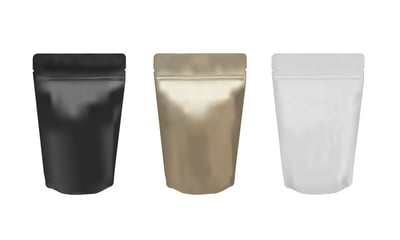
Flexible pouches are one of the fastest-growing segments of food packaging today. For the most part, consumers absolutely love them. In fact, the global flexible pouches market is currently estimated at around USD 53.7 billion in 2021. And, the market is expected to soar to USD 73.5 billion by 2026!
So what's all the hype about? Why do both food manufacturers and consumers love these pouches so much?
First of all, these pouches are environmentally friendly. In fact, like most flexible packaging supplies, they have a significantly lower carbon footprint than the majority of alternative packaging materials such as glass, metal, cardboard, and hard plastic. Flexible pouches also take up much less space than these alternative items in the landfill.
But sustainability is not the only reason flexible pouches (also known as stand-up pouches) are so popular with food producers and consumers alike.
Food manufacturing companies love these pouches because they are much less expensive than the majority of the alternative materials mentioned above. They are also much lighter, which translates to significantly less expensive shipping costs.
Consumers love flexible pouches for many reasons. In addition to being shatter-resistant, they often have unique features that other packaging materials don't. For example, many flexible pouches feature clear plastic windows, allowing you to see the food product within before you purchase it.
As a flexible packaging supply, you can also inspect the products contained within and feel the texture of the food with your hands. In addition, flexible pouches also often feature valves that serve a two-fold purpose.
Most commonly found on coffee packaged in gusseted flexible pouches, package valves keep oxygen from getting into the bag and spoiling the product. But, they also allow air to escape the pouch. This enables consumers to smell the different varieties of coffee which makes for a more interactive and enticing customer experience.
Finally, stand-up pouches can be fully printed 360 degrees around the package with bright colors, unique typography, graphics, logos, and product information. This makes them very eye-catching to consumers. With the scent, sight, and touch features mentioned above, it is no wonder that flexible pouches are taking the world by storm!
2. Glass Jars And Containers
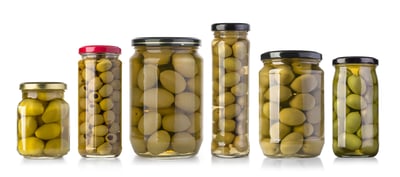
Glass jars and containers are well-known, and much loved forms of food packaging material. For over a hundred years, glass has been extremely popular with consumers.
Many food products packaged in glass have extensive shelf lives and boast an air of luxury when compared to many other types of packaging materials.
Since glass jars and containers are generally transparent, the packaging allows consumers to see the product inside the container. This allows them to inspect the product before making a purchase.
Another significant draw to glass for consumers is the fact that glass is 100% recyclable. With that being said, it should be noted; glass has an extremely high carbon footprint.
Depending upon the logistics of where the products are being shipped, the carbon footprint may negate the earth-friendly aspect of its recyclability.
This is due to the heavier weight of glass which also makes it notably expensive to ship. As glass is a solid form of rigid packaging, it also takes up more space on the truck during transportation. This equates to fewer packages per shipment and further increased costs for shipping.
Finally, with glass, there is another problem for both consumers and manufacturers.
Glass's propensity to shatter when dropped or struck make it a potentially messy cleanup should you accidentally drop or break the container. Additionally, broken glass can be harmful or dangerous.
3. Clamshell Packaging
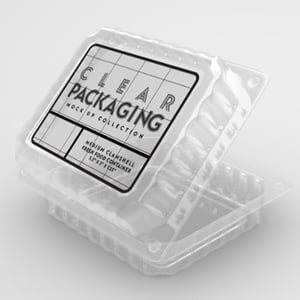
Clamshell packaging is a member of the carded packaging family. Clamshells are most commonly used for food packaging. Still, they are also popular in consumer goods, often used in place or in tandem with blister packs (another member of the carded packaging family).
Clamshells are often made from plastic, paperboard, recycled paper, plant-based materials, or styrofoam. A clamshell features two "shells" (made from one of the materials mentioned above). The shells are connected on one side, while the other side features some type of clasp or nob that can be used to lock and unlock the container.
Clamshells are commonly used for packaging sandwiches, salads, produce, chicken wings, BBQ ribs, and other foods and consumer products such as fishing lures or hardware.
Clamshells can be found at supermarkets, food trucks, food marts, gas stations, salad bars, serve-yourself hot food bars, country stores, hardware stores, and various other food and consumer goods retailers.
The recyclability of clamshells is dependent on the type of material that the container is made from. For example, plastic clamshells, which are most commonly made from PET plastic, are entirely recyclable. Plant-based clamshells, on the other hand, while compostable (in an industrial composting facility) are not.
4. Metal Cans
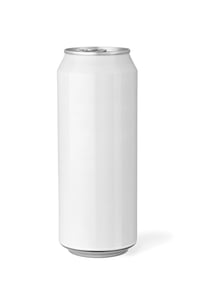
Like glass, metal cans have been a staple of packaging supplies for over a hundred years. In fact, tin cans dating back to the 1920s and beyond are often coveted collector's items.
Mostly made from tin or aluminum, metal cans remain an extremely popular packaging supply to this day. This is primarily because they are 100% recyclable, reasonably affordable, and have superior shatter resistance compared to glass.
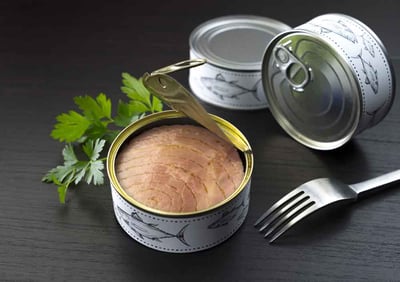
Tin cans are mainly used for packaging food such as fish, chicken, beef, pork vegetables, sauces, and soups. Meanwhile, aluminum cans are more commonly used for packaging beverages such as beer, soda, energy drinks, and, more recently, water.
As previously mentioned, tin and aluminum are entirely recyclable. However, they both feature higher carbon footprints than alternative materials such as flexible packaging.
Furthermore, suppose the cans are not cleaned of food or liquid particulates and labels and adhesives before being recycled. In that case, they will ultimately be sent to the landfill.



